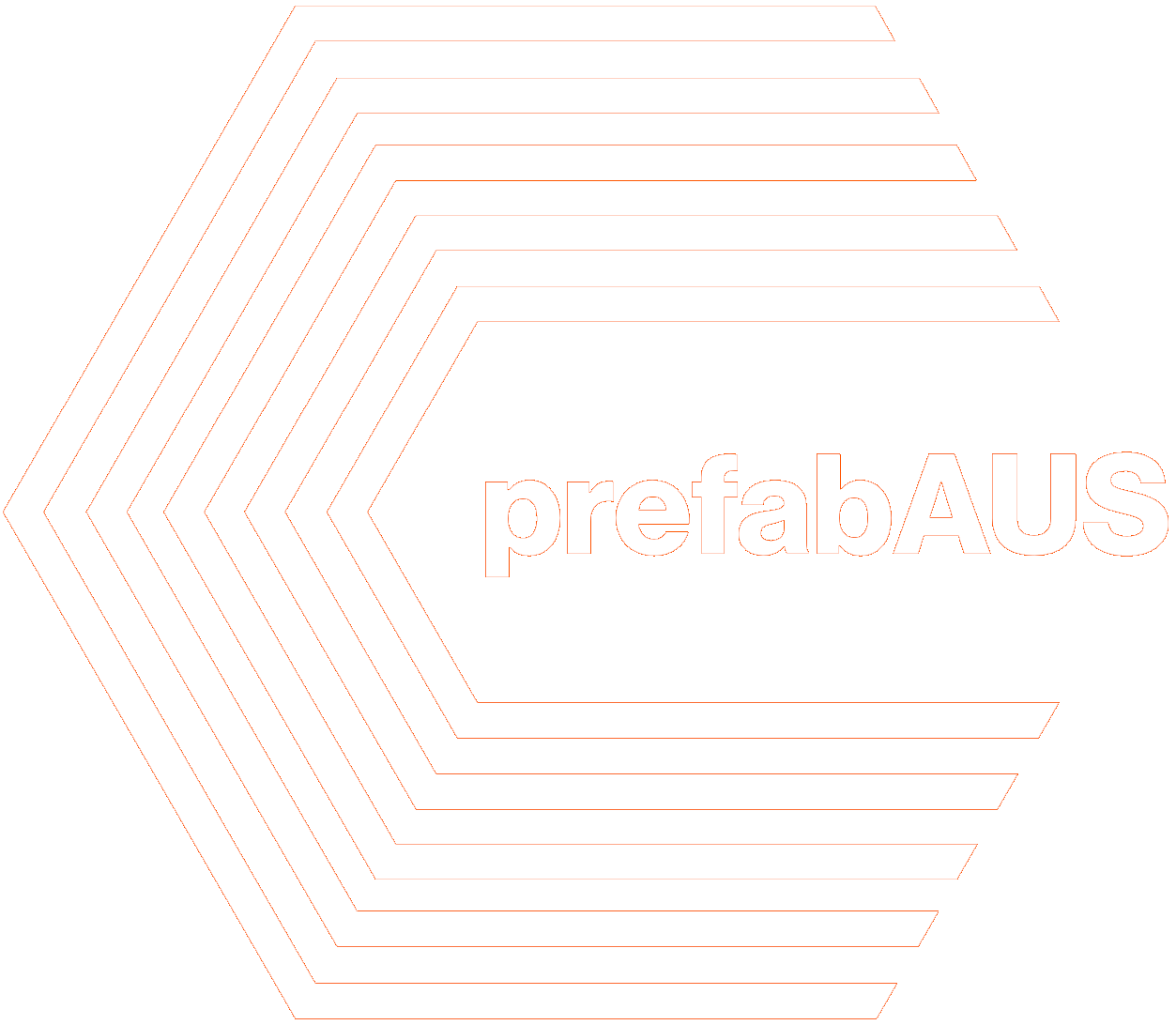Smart Building Industry Awards
Best use of materials in prefabricated building (Timber, Concrete, Steel)
Winner: Bamaga Junior Campus by Fleetwood Australia
What was the conceptual framework of the project?
The Bamaga Junior Campus project aimed to provide a modern administrative facility in a remote location with limited access to skilled labour and traditional construction resources. The design focused on sustainability, efficiency, and integration with the existing educational infrastructure. Utilizing a modular construction approach allowed Fleetwood to fabricate the building components in a controlled factory environment, ensuring high precision and quality. The modules were then transported to Bamaga via a carefully planned route involving road and sea transportation, minimising logistical challenges.
Sustainable design principles were incorporated throughout the project, including the use of TRUECORE® steel for durability and reduced environmental impact. The project also focused on creating a functional and aesthetically pleasing environment for both staff and students, with attention to detail in finishes and landscaping to blend seamlessly with the local surroundings. The efficient use of resources and innovative construction techniques ensured the project was completed on time and within budget despite the remote location.
The building’s design includes features such as wider corridors and ramps for accessibility, energy-efficient systems, and high-quality materials to ensure longevity and minimal maintenance. An airbrushed culturally significant design was overlaid on the laser-cut aluminium perforated screening at the front entry, adding a unique aesthetic element that honours local heritage and culture. The modular approach allowed for rapid construction, significantly reducing on-site time and minimizing disruptions to the school’s daily operations. The use of advanced BIM tools and DfMA principles optimized the design and construction workflow, ensuring a seamless fit of components during on-site assembly. Overall, the project showcases the potential of modular construction in delivering high-quality, efficient, and environmentally responsible building solutions in challenging locations.
Why is this material the correct choice for this project?
Steel was the ideal material for Bamaga Junior Campus due to its strength, durability, and versatility. TRUECORE® steel ensured the building could withstand high humidity and corrosion. Prefabrication in a controlled environment allowed high precision and consistent quality, significantly reducing on-site construction time and minimizing disruptions. The modules were designed for easy transportation and assembly, overcoming the logistical challenges of the remote location. Steel’s recyclability and the use of sustainable materials aligned with the client’s environmental sustainability goals. The material’s durability ensures a long lifespan for the building, reducing maintenance costs and providing a cost-effective solution. The airbrushed culturally significant design on the laser-cut aluminium perforated screening demonstrated steel's versatility and aesthetic potential. Overall, steel was the correct choice for delivering a high-quality, durable, and efficient building solution for the Bamaga Junior Campus.
How does the project showcase the practice of prefabrication/smart building?
The Bamaga Junior Campus project highlights prefabrication's advantages through its efficient and sustainable construction process. Off-site manufacturing ensured high-quality control and minimized material waste. The use of Modern Methods of Construction (MMC) centralized activities in a controlled setting, reducing the environmental impact and on-site disruptions. Modular construction facilitated streamlined transportation and assembly, critical for the remote location. Advanced BIM tools and Design for Manufacture and Assembly (DfMA) principles optimized the design and construction workflow, ensuring a seamless fit of components during assembly. This method accelerated the construction timeline and enhanced the project's overall quality and sustainability. The use of TRUECORE® steel and other sustainable materials further reduced the environmental footprint, showcasing prefabrication's potential in delivering high-quality, efficient, and environmentally responsible building solutions. The airbrushed culturally significant design on the laser-cut aluminium screening illustrated prefabrication's ability to produce culturally relevant and sustainable structures. The project exemplifies smart building practices, overcoming remote construction challenges while ensuring durability and sustainability.















